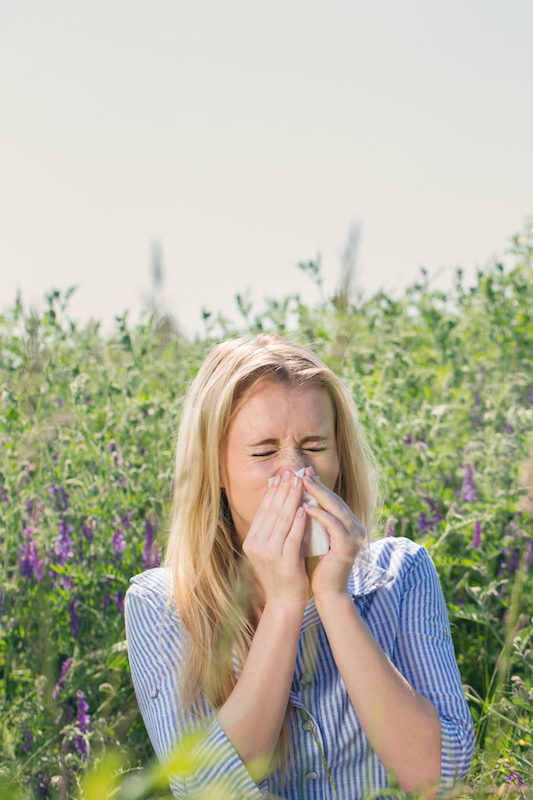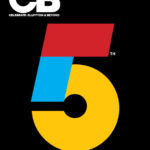Did you know that pollen season in the Lowcountry can start as early as February and trail on as late as November? Ugh! Pollen avoidance is important when treating seasonal allergies, but often meds are needed. There are many choices on the allergy relief aisle. Here are a few tips for navigating your choices:
Reduce pollen exposure. Check pollen counts daily and adjust outdoor activities. When counts are high—typically on dry, windy days—minimize time outside.
Additionally, wear sunglasses and mask while gardening/working outside; exercise outside when pollen counts are lowest (usually early and late in the day); don’t bring pollen inside; shower, wash hair, and change clothes after time outside—and rinse the dog; keep windows/doors closed in your house and car; and use a vacuum with a HEPA filter.
Start with a steroid nasal spray. The most effective treatment is a steroid nasal spray. Many avoid them due to bad taste, dripping down the back of the throat, and nasal stinging. Luckily, both problems can be solved.
Although most people choose Flonase, the No. 1 brand, it is the worst when it comes to stinging and bad taste, and perfumed scent. The lesser-known brand, Nasacort (triamcinolone) works equally well with less stinging and no scent.
Rhinocort (budesonide) is another brand that may be preferred over Flonase. Steroid sprays are available as generics, and since there’s competition, coupons and/or in-store discounts can be found.
Studies show most people use incorrect technique with nasal inhalers. This is why yucky tasting stuff goes down the throat. The sprays must be aimed at the outer fleshy part of the nose, not the septum. Many people erroneously aim the spray either right up the nose or toward the center of the face, not towards the sides. Google ‘Mt Sinai and steroid nasal spray’ for detailed info and a video on proper technique. It can make a huge difference.
Remember it may take one to two weeks to feel the max effect of sprays. If you can predict what time of year your problems begin, start treatment with a nasal sprays two weeks before. Don’t confuse nasal steroids with nasal decongestants such as Afrin. Be sure you have the right product.
Consider a non-sedating antihistamine. Non-sedating antihistamines are most effective for seasonal allergies. Experts avoid older products such as Benadryl (diphenhydramine) because they’re no more effective but more sedating. Non-sedating antihistamines include Claritin (loratadine), Zyrtec (cetirizine), Allegra (fexofenadine), and the newer Xyzal (desloratadine). Zyrtec is the most effective of the group and since it’s the strongest, it can lead to sedation in one in seven people and is labelled as ‘low-sedating.’ I recommend trying Zyrtec first, see if you’re that one in seven, and if not, then you are already using the most effect med. If you do experience sedation, switch to Claritin, which has a sedation rate equal to placebo. Allegra can also be used and causes no sedation but comes with the unique problem of being less effective if used with certain antacids or with fruit juices. Xyzal, the newest one on the market, offers no advantages over any of the others for efficacy or side effects.
Try combining pills and nasal spray. You may get even better relief using a spray along with a pill.
Try a combo tab with a decongestant. Combo tabs such as Claritin-D, Zyrtec-D, etc. are also available on the shelves alongside the plain versions. The D adds a decongestant, usually Sudafed (pseudoephedrine). This added boost can help if you still feel congested/stuffed up or fullness in the ears after a two-week trial of the non-D product.
Since the D is a stimulant, it may cause jitters or insomnia or aggravate heart conditions or high blood pressure. One way to avoid this is to take a 12 hour D (combo) pill in the morning, and the plain non-D pill at night.
Add an eyedrop for itchy eyes. Although the oral tablets and nasal sprays can lessen the symptoms of itchy, watery eyes, you may need to add an eyedrop for maximum relief. Try an OTC brand before going to the expensive prescription options. My top choice is OTC generic ketotifen (Zatidor, Alaway).
As with nasal sprays, correct technique with eyedrops is key. Pull out the lower lid and make a sack for the eyedrop. Apply only 1 drop (the eye can’t hold more) at a time and apply slight pressure to the little drain holes along the nose for one to two minutes, with eyes closed after placing the drop.
If you are still miserable after trying these self-treatment options, see a board-certified allergist.



